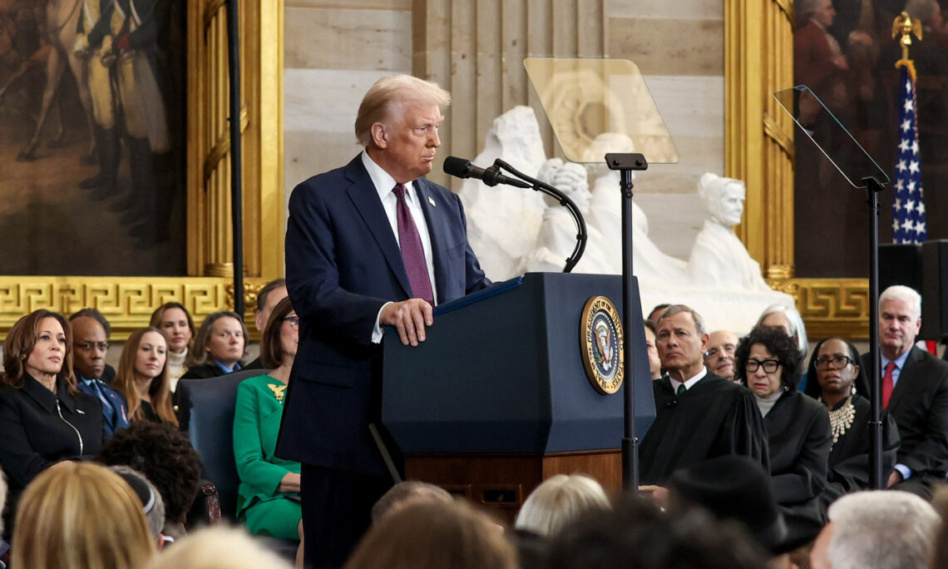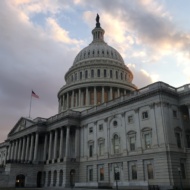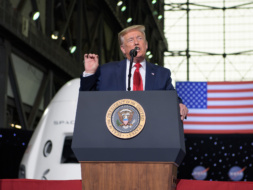Shortly after he was sworn in as the 47th president of the United States, Donald Trump highlighted his lofty space goals, saying in his inaugural address that “we will pursue our manifest destiny into the stars, launching American astronauts to plant the Stars and Stripes on the planet Mars.”
Trump signed dozens of executive orders on his first day, including some that will affect the federal space workforce, such as ending DEI initiatives, ordering employees back to in-person work, and pausing all new regulations government-wide while the new team gets in place.
Here’s more of what we’re expecting to see for space in Trump’s first 100 days in office:
Confirming Isaacman: Getting Congress’ approval on SpaceX astronaut Jared Isaacman, who was formally nominated to be NASA administrator on Monday, is likely to be Trump’s top priority. There are lots of open questions for this administration’s plans for NASA, including the future of SLS, the next steps for Mars Sample Return, and drafting a fiscal 2026 budget request. To make any major changes, “they’re going to need someone at the helm,” Jack Kiraly, director of government relations at the Planetary Society, told us.
Looking back to 2000, approval has taken an average of 81 days from nomination, Kiraly said, which would put Isaacman in the job on April 11—though it’s important to note that it could be much sooner with a Republican-controlled Senate and no major backlash to his nomination.
New faces: The Trump administration will need to decide early on how it wants to structure space policy at the executive-level, said Mike French, head of the Space Policy Group consulting firm. The first Trump administration re-established the National Space Council, using the panel to host high-profile meetings and lead a series of space policy directives, but so far Trump has been silent on whether the council, which continued under the Biden administration, will make a comeback under his leadership.
Even without the space council, Trump could choose to highlight space at the White House in other ways, such as setting up a larger space staff within the National Security Council or establishing a “space czar”-like position, French said.
Cleared for liftoff: The new administration is likely to act quickly on speeding up the FAA’s launch and reentry licensing process, which has faced backlash from lawmakers for slowing down high-profile launches, such as SpaceX’s Starship program. While the FAA is already reviewing the rules for Part 450—the regulation that covers launch and reentry—French predicted the Trump team could make a quicker impact with an executive offer that offered waivers or fast tracks to approval.
Giving the ok: We could also see a resolution to the open question of mission authorization early in the administration. The debate about which agencies will approve novel space activities, from commercial space stations to in-orbit refueling, has stretched on for a long time, with Congress and the White House unveiling dueling plans more than a year ago.
“I think we’ll see some sort of action on what are we going to do about mission authorization. It’s a big topic that’s been debated forever…and we need an answer to what we’re going to do,” said Jared Zambrano-Stout, a former Trump administration official now working with Axiom Space.
The bottom line: There may be a number of items on the Trump team’s to-do list, but all of them are driving toward the same end goal: ensuring that China doesn’t become the world-leader in space.
“The subtext of all of this is…how do we make sure China doesn’t leap over us in leadership? That’s the top level national objective that’s got everyone’s attention now,” Zambrano-Stout said. “How do we make sure we don’t lose leadership to China because we’re just moving too slow?




